
Polygon turning is a process through which flat planes are obtained on the piece through synchronized rotation of the spindle and the live tool. Polygon turning can be performed on our CMZ CNC lathes. It is an alternative process to milling each surface individually. It is more similar to lathing than milling.
A special tool is necessary to perform this process. It is a cartridge with various cutting inserts. This cartridge is mounted on an arbour with a keyway, which is then mounted on a CMZ live axial toolholder. CMZ manufactures live axial toolholders for spindle and subspindle of up to 12,000 rpm and with internal cooling (TL20/10400/06, TL20/10400/08,). There are also specific toolholders for polygon turning in which the cartridge is directly mounted, without the need to manufacture an arbour.
The relevance of the number of inserts on this cartridge together with the ratio of speeds between spindle and live tool is that it will create a different number of planes on the piece. The process can be carried out both for the main spindle and the subspindle.
The planes created using polygonal cutting are large radius curves and for this reason it is not recommended for milling that has strict flatness tolerances. This process is generally used for hexagonal bolt heads and flat planes for clamping with a fixed wrench.
The polygon turning option is standard for CMZ's whole range of CNC lathes with motorized tools. It is not necessary for the lathes to have a Y axis.
This part has been made with TA series lathe, a CMZ TA-25-YS-640.
Discover all the programming tips with this free downloadable
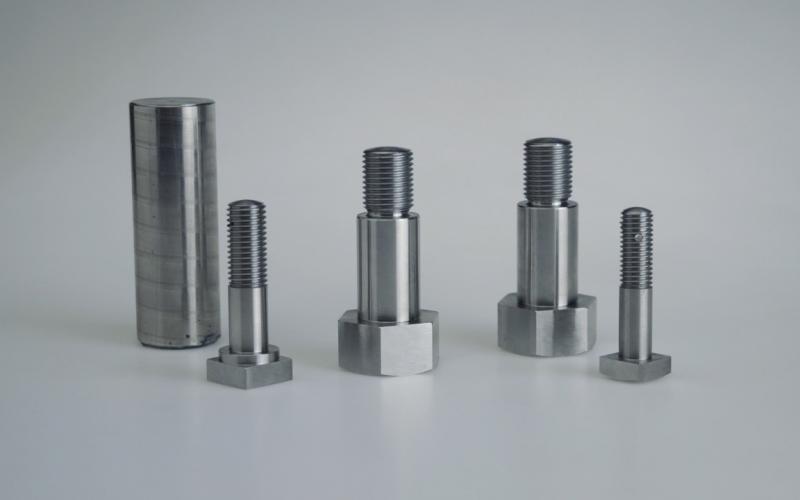

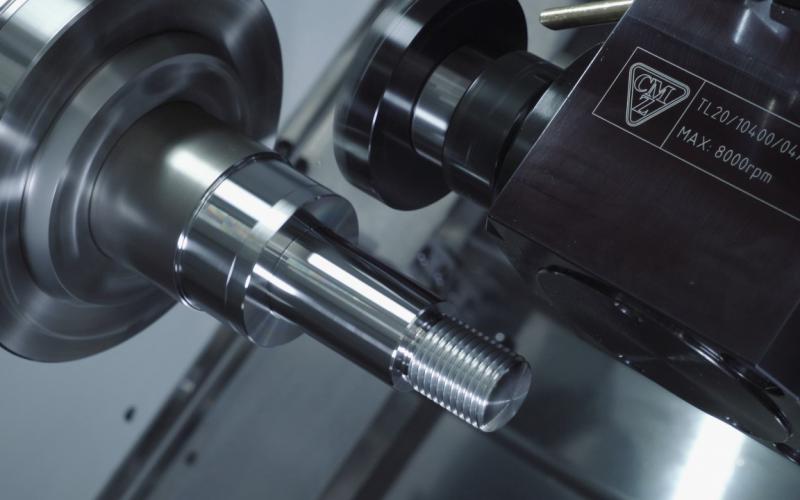
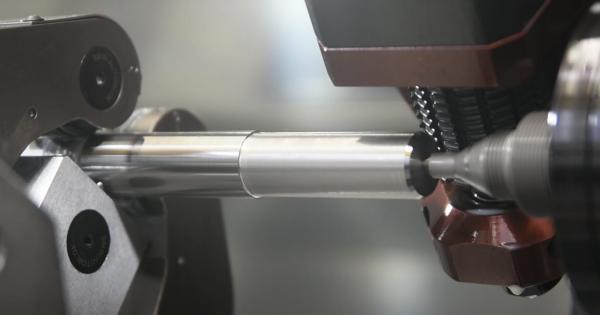
The geometry of the gear in the gear hobbing process is obtained by the synchronised movement between the spindle and the live tool. The limit to manufacture gears in a CMZ CNC lathe is around the hob tool being able to produce the required profile but for occasional machining. Bigger gears require…
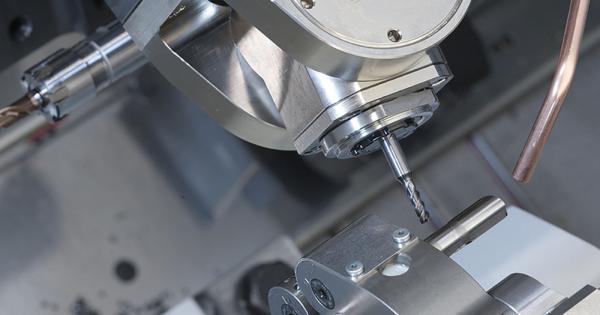
We can often find features in our drawings where an angular machining operation is required. With standard toolholders these features are not achievable because only operations in X and Z directions are possible with standard live toolholders. However, there are some adjustable angle heads in the…
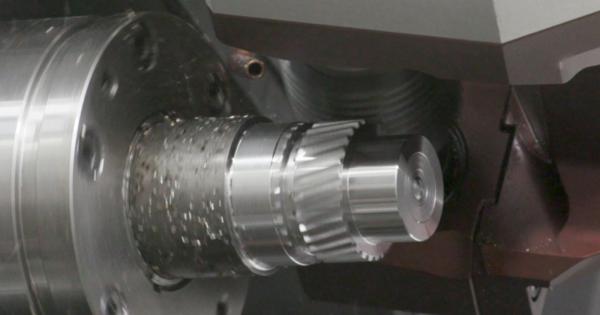
We would like to welcome helical gear hobbing in a CNC lathe and say goodbye to the dead time that occurs when you have to turn and hob on two different machines. The range of possibilities is very broad since we can hob cylindrical gears with both straight and helical teeth. Technical characteristics…
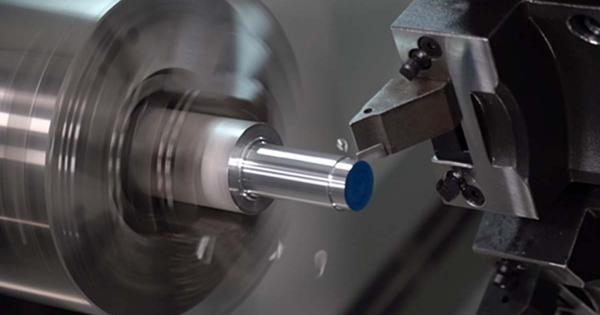
One of the most critical aspects in many machining processes is chip formation. Long and entangled chips are formed mainly in turning operations due to constant cutting conditions. This issue requires changes in the process; such as modifying machining parameters or changing tools to get into a safer…
Our applications department can analyse in detail the process to be carried out and offer you a part study helping you to reduce cycle times.